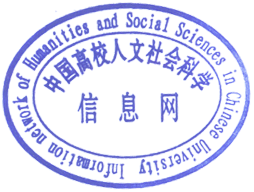不同的表象,相似的本质——浅议文艺复兴与“五四”运动时期文学翻译活动的相似性
作者:徐明炜
关 键 词 :文艺复兴 “五四”运动 文学翻译 相似之处 多元系统论学科分类:
摘要/Abstract
欧洲文艺复兴和中国的“五四”新文化运动时期,为了传播新的思想和文化,为各自的社会变革做铺垫,都进行了大量的文学翻译活动,在中西翻译史上形成了两个翻译高潮,为各自的思想传播、民众启蒙和社会变革发挥了积极的推动作用。鉴于两次翻译高潮在时空、文化、社会背景等的不同,本文运用描述性研究方法,以多元系统论为理论基础,从对人文主义的关注、民族语言/白话文的使用和社会功能三个方面对两次翻译高潮的相似之处进行了初步探究。
During Renaissance and the May 4th Movement, in order to spread new spirits and cultures so as to make preparation for social reformations, a mass of literary translation activities were conducted and thus formed two climaxes in the literary translation history respectively. In consideration of the different factors like time, space, culture, and social background, this paper employs descriptive methods and polysystem theory as the theoretical basis to conduct a contrastive study on literary translation activities in Europe during Renaissance and gives a rough analysis on the similarities of the two literary translation climaxes, that is, the emphasis on humanism, using languages of common people and social functions.

